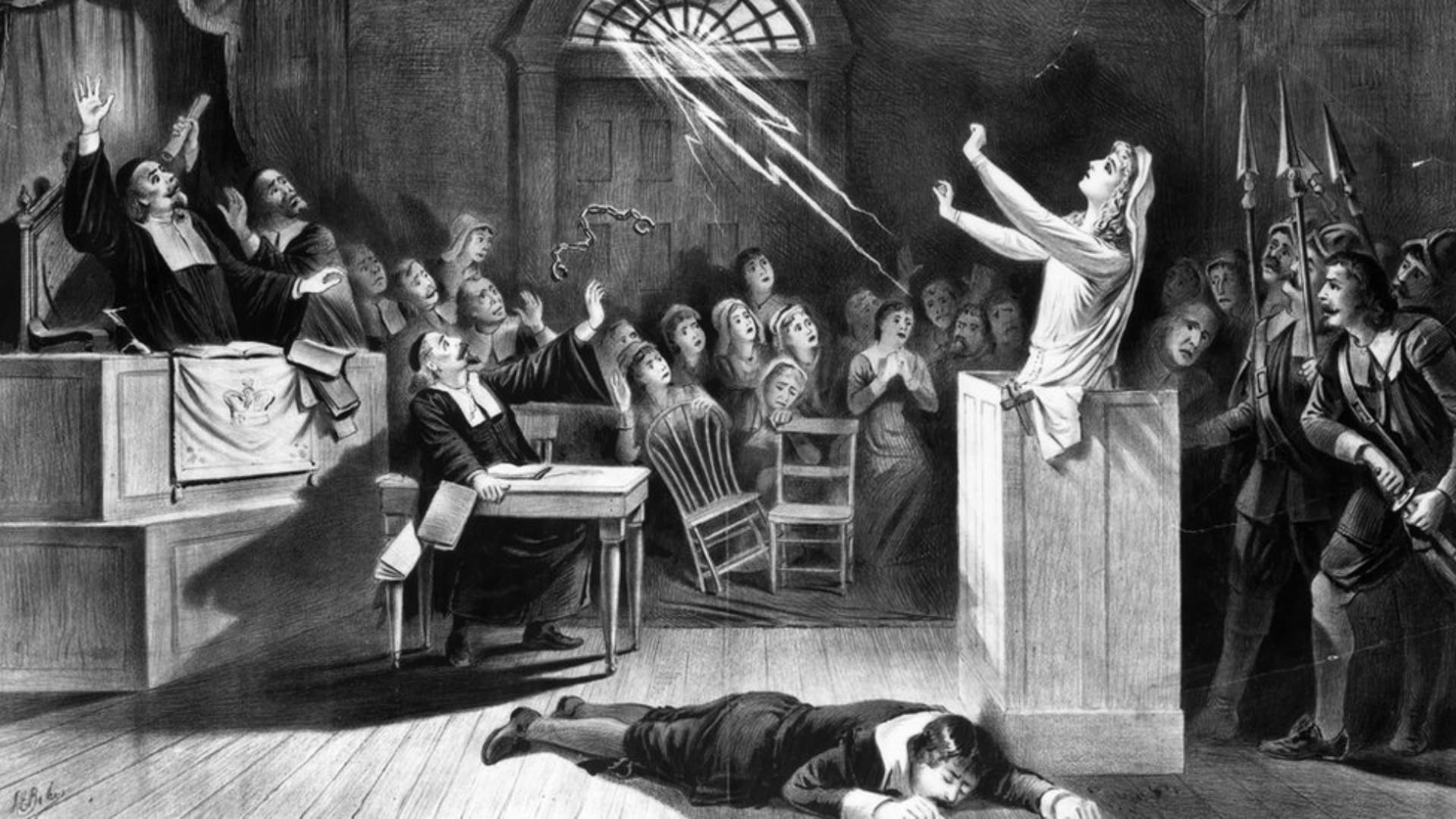In our society, every now and then, women are wrongly accused of witchcraft. Needless to say, they all belong to the marginalised community and are all women. The practice of witchcraft is believed to have consisted of a common practice in the name of black magic tricks, spell-binding and many more.
Historically, witchcraft practice in Europe was believed as an exercise of alleged supernatural power aiming to take control of certain events and people. It was believed to be done all through magic. Although it is differently interpreted in different parts depending upon the cultural and religious practice in the country, witchcraft throughout Nepal is termed as ‘Bok’.
In our society, every now and then, women are wrongly accused of witchcraft. Needless to say, they all belong to the marginalised community and are all women. The practice of witchcraft is believed to have consisted of a common practice in the name of black magic tricks, spell-binding and many more.
In the year 2021, a 50-year-old woman from Sunsari district of Nepal was accused of allegations stating that she was responsible for her husband’s declining health, saying that she used black magic to make people fall ill. She was dragged by her hair all the way from the kitchen and harshly beaten up.
According to (Adinkrah and Adhikari, 2014), the most likely to be accused of witchcraft are definitely women who lack education, who are single, windowed or older. As evident, in some of the communities, ‘witchcraft related to gender-based violence is highly prevalent, used as a ploy by aggrieved men to deprive women of their succession rights and inheritance rights to property, (Grigaite, 2018: 17). In most of the cases, women are ostracised by the society, battered brutally and are forced to drink human faeces. This shows the inhuman action at the extremity.
Witchcraft accusations are predominant in rural parts of Nepal even though urban areas aren’t that free (Grigaite, 2018). One of the main reasons for witchcraft to rise in these cases is also because people highly believe in shamans, namely, ‘Jhakri’ in Nepali. These shamans are highly respected and trusted people who are known to be traditional healers when there used to be no doctors. As a result, shamans put up a trusting image of themselves and take advantage of people. They make villagers believe in such magic tricks, which gives more emphasis to the number of rising cases of such witchcraft accusations.
This oppression regulates a system of women being submissive individuals and the men possessing the strength who could do anything. The lack of accessibility of education to young girls and women in remote areas also exacerbates the practice.
The second reason for this is the historical oppression of women. In most cases, the victims are women. This oppression regulates a system of women being submissive individuals and the men possessing the strength who could do anything. The lack of accessibility of education to young girls and women in remote areas also exacerbates the practice.
After studying the conditions, it is sad to observe that women who have gone through such physical violence hardly gather the courage to speak up for themselves. Such traumatic experiences tend to have very long-lasting negative impacts on the lives of women.
The stigma surrounding ‘witch’ deepen in their hearts so much that it can even lead to mental and physical traumas, which can even provoke them to suicidal attempts (Paudel, 2011).
The Human Right Watch world report (UN) states that the action is still poor. In order to combat such superstitious beliefs, it is important to make rural people aware of this. Furthermore, a number of NGOs that aim to reinforce gender equality and advance women’s development and empowerment have taken initiatives in order to protect and prevent women from witchcraft accusations.
After studying the conditions, it is sad to observe that women who have gone through such physical violence hardly gather the courage to speak up for themselves. Such traumatic experiences tend to have very long-lasting negative impacts on the lives of women.
Witchcraft constitutes a global phenomenon of gender-based violence but has barely been on an international agenda. As Philip Alston states, “violence and human rights abuse due to witchcraft accusations have not been addressed systematically in the context of human rights.”
Falsely accusing a woman of practising witchcraft is not simply an act of a misguided individual. Rather, such sexist fabrications have compelled and forced women into a life of agony and trauma. These accusations are a part of immoral conduct, which is giving way to gender-based violence where destitute and innocent women are wrongly harassed, heckled and targeted.
So, what do we do? Such heinous practice could be taken strictly into women’s safety and government consideration whereby a strict legalisation bill can be issued regarding the punishment for perpetrators and provide the victims with a concrete legal backing up system which would open up their door for freedom, protection and justice and to ask why are witches only women most of the time?
Also read: Feminism Of Little Things: How Everyday Sexism Contributes To Systemic Gender Oppression
Such step needs to be taken to ensure that the naming and shaming of women under false pretexts is stopped.
Also read: As #MeToo Kerala Blazes On, Vijay Babu Becomes The Caricature For Self-Victimising Predators
Susmita Aryal is a third-year student of English Literature and Journalism at St. Xavier’s College, Nepal. She is interested in writing about society, gender and identity.
Featured image source: BBC
About the author(s)
Susmita Aryal is a final year student of English Literature and Journalism at St. Xavier's College, Maitighar, Kathmandu. Besides storytelling around identity, gender and society, she is interested in 'art' i.e. any kind of artworks that fall under the genre of art.





